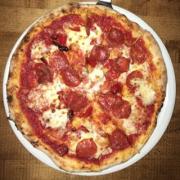
Originally Posted by
ToddG

To follow up on the walking analogy:
If you're the typical American you've walked tens of thousands of miles over countless hours in your life. You've walked on carpet, wood, tile, asphalt, concrete, grass, dirt, mud, sand, ice, snow, and who knows what else. You've walked in the dark, in daylight, and everything in between. You've walked fast, slow, with stuff in your hands, with different types of shoes (or no shoes), etc.
In other words, you've got a lot of time practicing pretty much all the real world walking there is to practice.



 Reply With Quote
Reply With Quote







